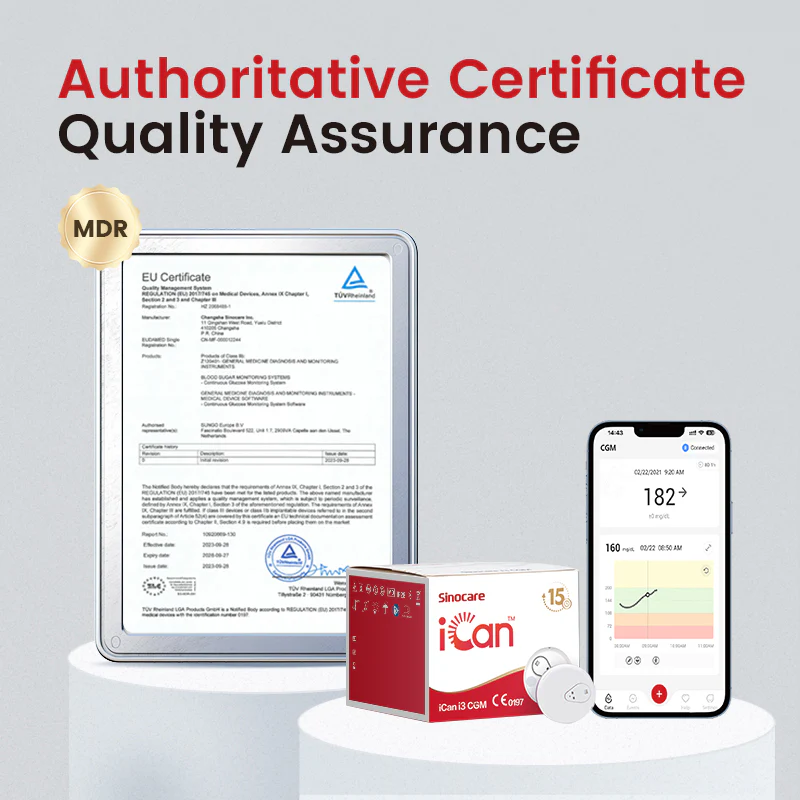Continuous glucose monitors (CGMs) have revolutionized diabetes management by providing real-time blood glucose data. These devices, often referred to as continuous blood glucose monitors, can significantly improve a patient’s ability to manage their condition. However, the cost of these devices can vary widely. Several factors contribute to the overall price of a continuous glucose monitors, which can be essential for both healthcare providers and patients.
Technology and Features
The technology embedded in a continuous glucose monitor plays a crucial role in determining its cost. Advanced CGMs often come equipped with features like real-time glucose monitoring, customizable alerts, and user-friendly apps. For example, devices that provide robust data analytics and predictive alerts tend to be more expensive due to their sophisticated sensors and algorithms. A continuous blood glucose monitor that offers a longer sensor life, like the Sinocare iCan i3, may also influence pricing, as longer-lasting devices reduce the frequency of replacements and associated costs.
Brand Reputation and Market Competition
Brand reputation is another significant factor affecting the cost of continuous glucose monitors. Established brands typically have higher prices due to their investment in research and development, as well as their commitment to product quality and reliability. Conversely, newer or lesser-known brands may offer lower-cost options to attract customers. However, this can sometimes lead to compromises in quality or support. As more companies enter the market, competition can drive prices down, potentially making continuous blood glucose monitors more accessible to a broader audience.
Insurance Coverage and Financial Assistance
Insurance coverage can dramatically influence the out-of-pocket cost for patients using a continuous glucose monitor. Some health plans fully cover CGMs, while others may require copayments or have specific criteria that must be met for coverage. Additionally, financial assistance programs or discounts offered by manufacturers can help offset the costs for eligible patients. Understanding the nuances of insurance policies and exploring available financial support can be crucial for individuals considering the purchase of a continuous glucose monitor.
Navigating the Cost of Continuous Glucose Monitors
In conclusion, the cost of a continuous glucose monitor is influenced by technology, brand reputation, and insurance coverage. As continuous blood glucose monitors become more integral to diabetes management, understanding these factors can help patients make informed decisions. The Sinocare iCan i3 CGM exemplifies how innovative technology can enhance user experience with features like real-time alerts and customizable thresholds, offering a practical solution for effective glucose monitoring.




